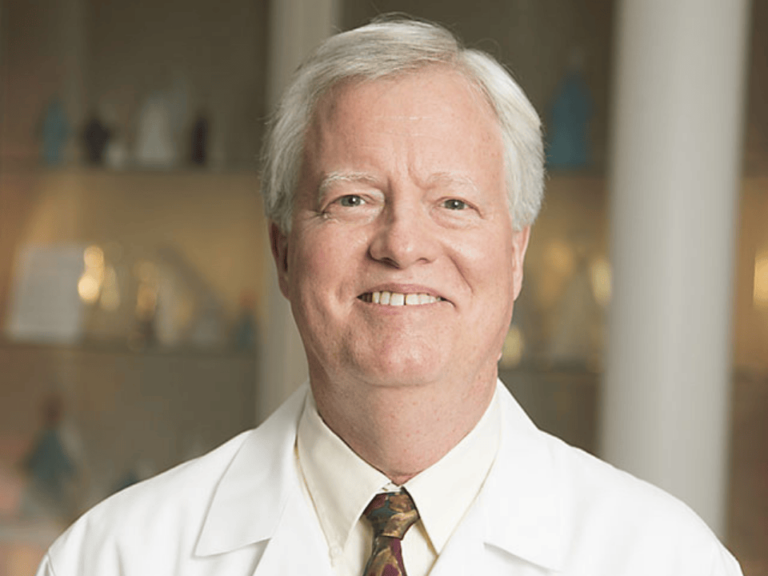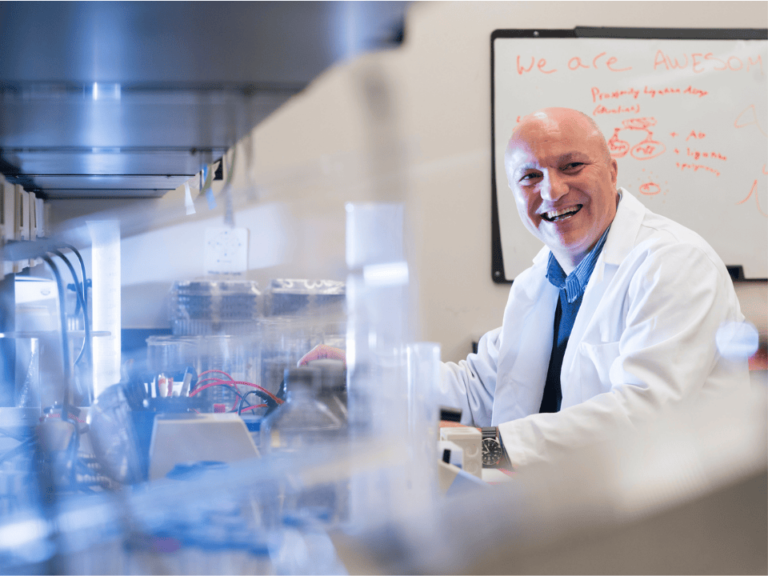Researchers at the UNC Lineberger Comprehensive Cancer Center demonstrated in a clinical trial in Malawi that a five-drug combination chemotherapy provided curative benefit compared to current standard-of care-therapy in people diagnosed with lymphoma, and now they have determined this option is also cost-effective.
The economic finding appeared July 22, 2021, in Lancet Global Health.
The clinical trial results, reported May 19, 2021, in Lancet Global Health involved 37 people with diffuse large B-cell lymphoma. The majority of patients were also HIV-positive, which greatly increased their risk of DLBCL; all HIV-positive patients were treated with anti-viral drugs.
The trial participants received a standard four-drug chemotherapy of cyclophosphamide, doxorubicin, vincristine and prednisone (CHOP) along with rituximab, an antibody therapy. After two years of follow-up, 55% of the patients were still alive, an outcome that is higher than CHOP alone based on earlier studies.
With the trial results in hand, the researchers wanted to know if either CHOP or CHOP plus rituximab were cost-effective treatments in a resource-limited setting. Demographically, Malawi is a sub-Saharan country in Africa with roughly 19 million residents.
The healthcare resources available in the 2017-2018 government budget for Malawi were $170 million dollars (about $9 per person); external donors contribute approximately another $350 million annually to health expenditures.
UNC Lineberger’s Matthew Painschab, MD, lead author of the economic analysis and co-lead author of the treatment efficacy study, said cost-effectiveness analyses allow comparisons across diverse diseases so that limited resources can be optimally allocated.
“Without such analyses, relatively expensive upfront costs for cancer medicines will often seem prohibitively costly for a relatively small number of patients compared to other available public health interventions,” Painschab, assistant professor in the Division of Hematology at UNC School of Medicine and a member of UNC-Project Malawi, said in a statement. “We demonstrated that an upfront, time-limited expense followed by decades of healthy life may be a prudent investment, relative to other accepted interventions such as daily, lifelong antiretroviral treatment for HIV.”
On a per-patient basis, comparing supportive care to chemotherapy with CHOP, chemotherapy prevented more than seven disability-adjusted life years (DALYs) at a cost of $193 per DALY prevented. One DALY is a year of life lived in perfect health and therefore losses represent both years lost from dying early as well as quality life-years lost to disability. Adding rituximab to CHOP prevented about three DALYs at a cost of $1,145 per DALY.
“Though precise estimates of cancer incidence are lacking, we estimate it would cost about one million dollars annually to treat all cases of DLBCL in Malawi with CHOP, saving an estimated 252 lives,” Painschab said. “For two million dollars more annually, we could add rituximab, which costs about $500 a dose in Malawi, and the five-drug regimen could save an additional 100 lives.”
In addition to the recently published studies, the researchers are conducting some of the first molecular profiling studies for HIV-associated lymphoma. They hope that greater biologic understanding of DLBCL in Malawi may lead to more targeted, safe and effective treatment strategies. They note there is still much work to be done in this area, both in the U.S. and Malawi.











